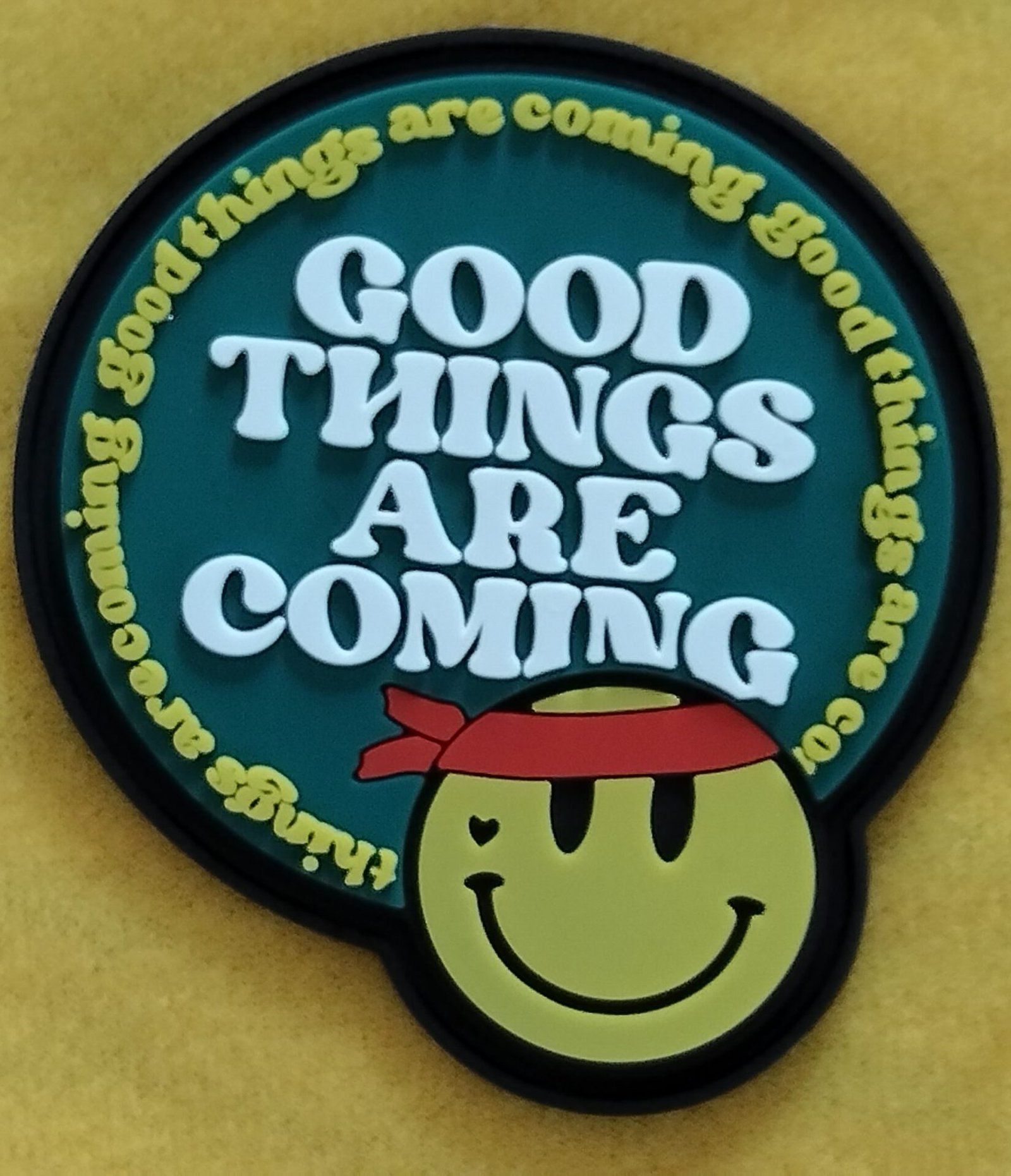Exploring the Art of Sewing PVC Patches onto Plush Toys
In the world of plush toys, innovation and creativity constantly push the boundaries of design and functionality. One such innovation that has gained significant popularity in recent years is the incorporation of PVC patches. These versatile, durable, and visually appealing patches have become a staple in enhancing the aesthetic and functional value of plush toys. In this comprehensive guide, we will delve into the art of sewing PVC patches onto plush toys, exploring everything from the basics to advanced techniques, ensuring a seamless integration that elevates the overall quality of these beloved items.

I. Introduction to PVC Patches
PVC (Polyvinyl Chloride) patches are a type of decorative and functional accessory commonly used in various applications, including clothing, bags, and, increasingly, plush toys. Made from a flexible yet sturdy material, PVC patches offer a myriad of benefits, such as water resistance, durability, and vibrant color retention. When sewn onto plush toys, they not only add a unique visual element but also enhance the toy’s durability and playability.
II. The Importance of PVC Patches in Plush Toy Design
- Aesthetic Appeal
PVC patches come in a wide array of colors, shapes, and sizes, allowing for endless design possibilities. Whether it’s a character’s face, a logo, or an intricate pattern, PVC patches can bring a plush toy to life, making it more visually engaging and appealing to children and collectors. - Durability
The robust nature of PVC material ensures that the patches withstand the rigors of play. They are resistant to tearing, fading, and water damage, making them ideal for plush toys that are meant to endure frequent handling and washing. - Functional Integration
PVC patches can serve more than just decorative purposes. They can be designed to incorporate features like Velcro closures, snap buttons, or even small pockets, adding functionality to the plush toy without compromising its softness and cuddliness.
III. Preparing for the Sewing Process
Before diving into the sewing process, it’s crucial to ensure you have all the necessary materials and tools. Here’s a checklist to get you started:
- PVC Patches: Choose patches that match your design vision in terms of size, shape, and color.
- Plush Toy Fabric: Select high-quality fabric that is soft, safe for children, and compatible with PVC patches.
- Sewing Machine: A reliable sewing machine with adjustable stitch length and tension is essential for precise and secure stitching.
- Threads: Use strong, color-matching threads that can withstand the stress of sewing through multiple layers.
- Needles: Opt for needles designed for sewing through thick materials, such as denim or leather needles, to ensure smooth penetration through the plush fabric and PVC patch.
- Scissors: A pair of sharp scissors for cutting fabric and trimming threads.
- Pins: To hold the patch in place while you sew.
- Measuring Tools: Rulers, tape measures, and marking pens for accurate placement and alignment.
IV. Step-by-Step Guide to Sewing PVC Patches
- Design Planning
Begin by sketching out your design, including the placement of the PVC patches on the plush toy. Consider the toy’s overall aesthetic and functionality, ensuring the patches are strategically positioned. - Preparing the Plush Toy
Cut and assemble the plush toy fabric according to your pattern. Ensure all seams are securely stitched and the fabric is free of wrinkles or imperfections. - Positioning the Patch
Using pins, carefully position the PVC patch on the plush toy fabric. Double-check the alignment and ensure it is centered or placed as intended in your design. - Pre-Sewing Preparation
If the PVC patch has a backing material, remove it before sewing. This will allow the stitching to penetrate through the patch more effectively. Additionally, apply a thin layer of adhesive (if recommended by the patch manufacturer) to the back of the patch to help it adhere to the fabric during sewing. - Sewing the Patch
- Set Up the Sewing Machine: Adjust the stitch length and tension to accommodate the thickness of the plush fabric and PVC patch. A straight stitch or zigzag stitch can be used, depending on the desired look and strength required.
- Start Sewing: Begin sewing along the edge of the patch, ensuring the stitching is even and close to the edge. Go slowly, especially when sewing curves or intricate shapes, to maintain accuracy.
- Backstitching: At the start and end of your stitching, use backstitching to reinforce the seam and prevent it from unraveling.
- Finishing Touches
Once the patch is securely sewn in place, trim any excess thread and carefully inspect the stitching for any loose spots or inconsistencies. If needed, hand-stitch any areas that require additional security. - Quality Check
Before final assembly of the plush toy, conduct a thorough quality check. Ensure the PVC patch is firmly attached, the stitching is neat and tidy, and the toy meets all safety standards.
V. Advanced Techniques and Tips
- Layering Patches
For a more dimensional look, consider layering multiple PVC patches. Sew the base patch first, then carefully align and sew additional patches on top, ensuring each layer is securely attached. - Embellishments
Enhance the PVC patches with additional embellishments like beads, sequins, or appliqué. Use strong adhesive or thread to attach these elements, ensuring they are securely fastened and won’t pose a choking hazard. - Edge Finishing
To give the PVC patch a polished look, consider adding a decorative edge finish. This could be a contrasting thread color, a satin stitch, or even a small border of fabric trim sewn around the patch. - Incorporating Functionality
As mentioned earlier, PVC patches can serve functional purposes. For example, you can incorporate a small pocket with a Velcro closure for storing small items like a child’s pacifier or a secret message.
VI. Safety Considerations
When working with PVC patches and plush toys, safety should always be a top priority. Here are some key safety considerations to keep in mind:
- Material Safety: Ensure all materials, including the PVC patches and plush fabric, are non-toxic and safe for children. Look for certifications like ASTM F963 (United States) or EN71 (Europe) to ensure compliance with safety standards.
- Choking Hazards: Avoid using small, detachable elements that could pose a choking risk. Ensure all stitching is secure and that patches are firmly attached to prevent them from being easily pulled off.
- Edge Smoothness: Carefully


